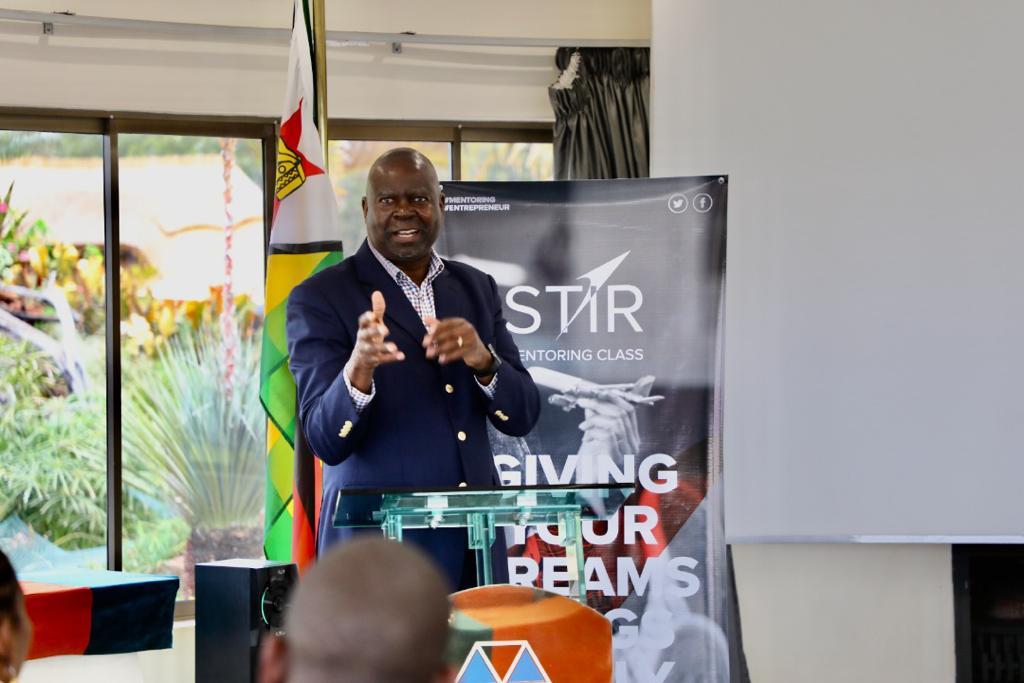
His aides were quick to dismiss both the figure or that he had paid lobola and instead argued that he paid US$10 000 as “damage” to the family of Locadia Karimatsenga Tembo.
Both quoted figures are enough to make anyone cringe that a bride price could be so high. It was also announced recently that Commander of the Zimbabwe Defence Forces, General Constantine Chiwenga, may have paid a whooping US$45 000 as lobola for his new bride, Mary Mubayiwa.
This figure has also been disputed, with people close to the family claiming that the amount paid was only a third of what her family was claiming.The Oxford English dictionary for southern Africa defines lobola as “the bride price paid by the family of the bridegroom. Payment, often in cattle, is made by a groom’s family to his bride’s family before their wedding in some parts of southern and eastern Africa.”
Questions have been raised as to why the bride price could be this high and whether it was “cultural” for both these suitors, who have a high standing in society, to pay this much.
Some have said there was no way any woman could be worth so much and the two, Tsvangirai and Chiwenga, may have been charged over the top amounts because of their status.
However, cultural icons have come to the defence of the figures, claiming that there was nothing sinister about the way they were charged.Prominent historian, Phathisa Nyathi gave an example of a man named Dlodlo who married the first Ndebele King (Mzilikazi’s) daughter, who paid a 100 head of cattle for her hand in marriage.
“This does not mean that Ndebeles were paying this much in lobola,” he said. “When lobola is charged, there is no uniform figure. It depends on the status of either the woman or the man.”
- Chamisa under fire over US$120K donation
- Mavhunga puts DeMbare into Chibuku quarterfinals
- Pension funds bet on Cabora Bassa oilfields
- Councils defy govt fire tender directive
Keep Reading
Nyathi said since Tsvangirai was the prime minister, Tembo’s family knew that he had the means to pay and hence they charged that much. He said families looked at the background of the suitor and this had an influence on how much they charged for lobola.
In defence of Tsvangirai, Chiwenga
Nyathi said the problem was that the Tsvangirai and Chiwenga cases were being muddled by people who were ignorant of their culture. “Each case has its own merits, if they had charged that to a poorer man, he would not have paid,” he explained.
Leader of the Zimbabwe National Traditional Healers Association (Zinatha), concurred saying the lobola figure depended on the families involved. “It cannot be too little nor can it be too much,” he said. “It depends on the people involved.”
A gender activist and journalist, Sibusisiwe Ndlovu described the quoted figures as rather too exorbitant and described it as a bastardisation of our culture.
“Lobola is a token of appreciation and it is meant to build relationships and is not about what one can afford,” she said. Such high figures could kill the symbolism of the ancient practice and in the end, women are viewed as commodities, she suggested.
Ndlovu said some people were now profiteering from lobola and this negated the cultural aspect of marriage.
WHAT REMAINS OF LOBOLA AFTER THIS?
The two cases, however, will add further fuel to the debate on whether lobola is still relevant in modern society. Critics of the traditional practice claim it was meant to be a token of appreciation to the bride’s family for having raised the woman, but now it is prone to abuse by people who seek to profit.
Lobola is seen by some as an extravagance that has little relevance in a society where young Africans are trying to lift themselves out of inherited poverty.
Its proponents on the other hand, say lobola is a way of showing commitment between families.











